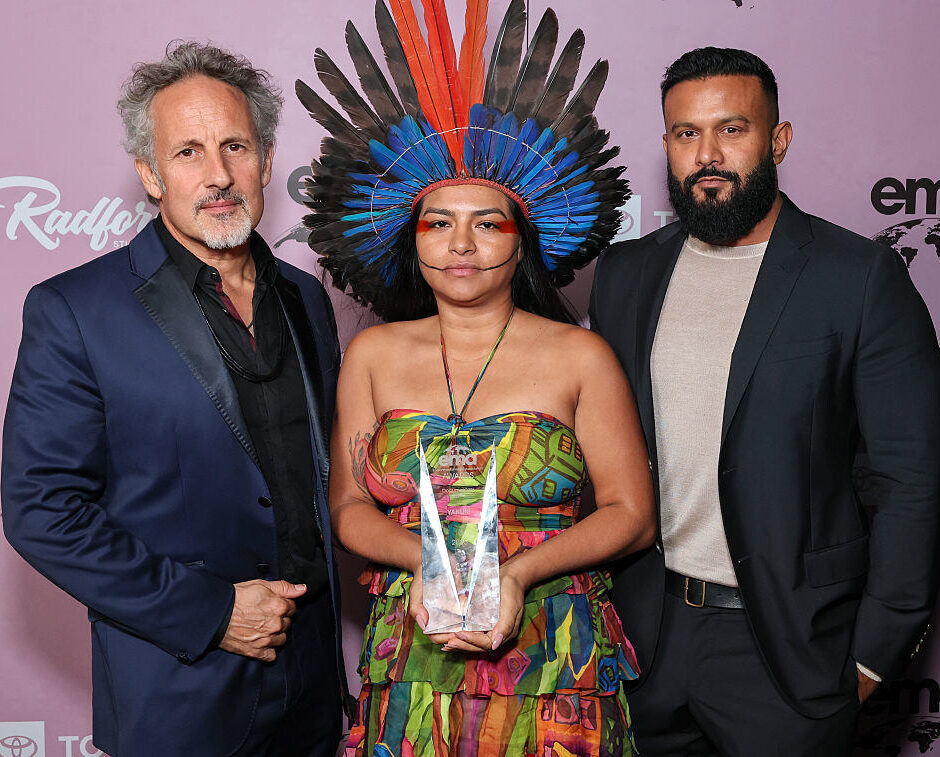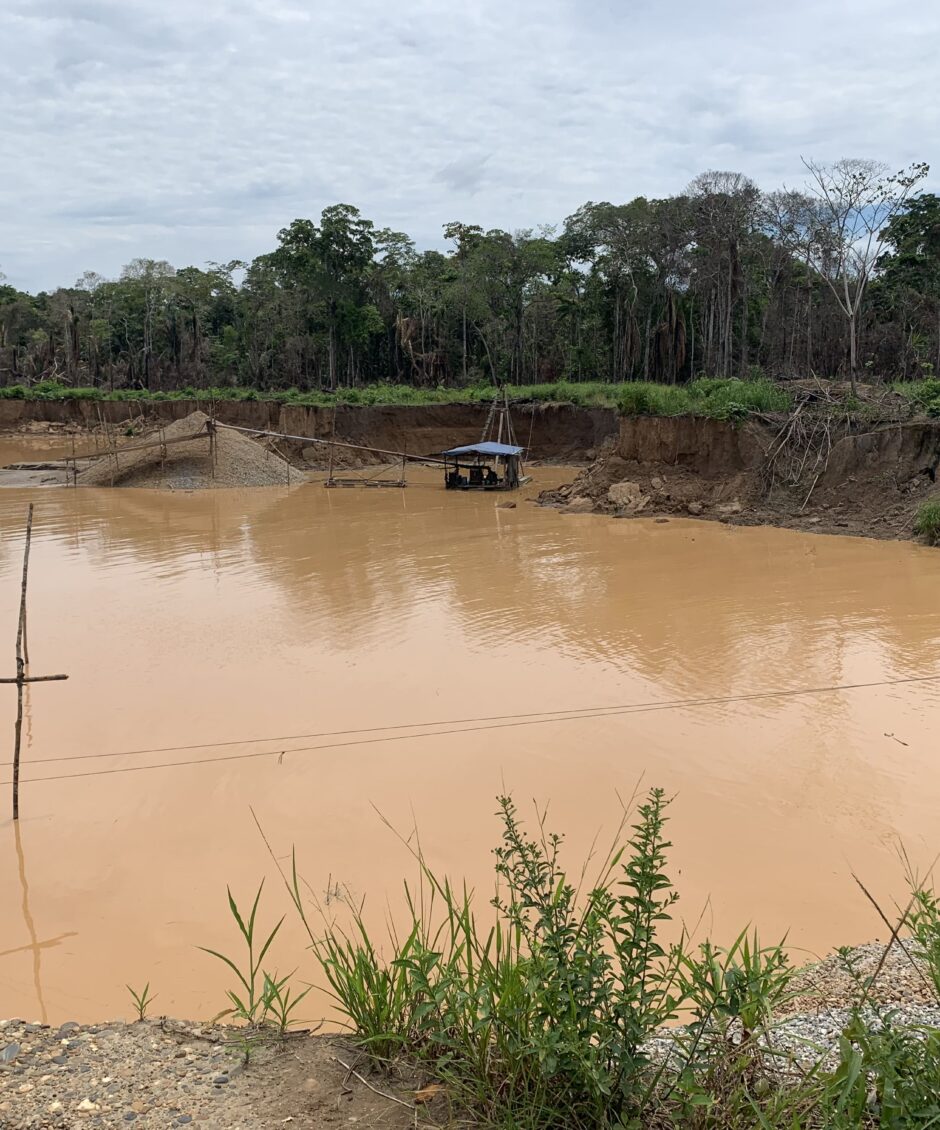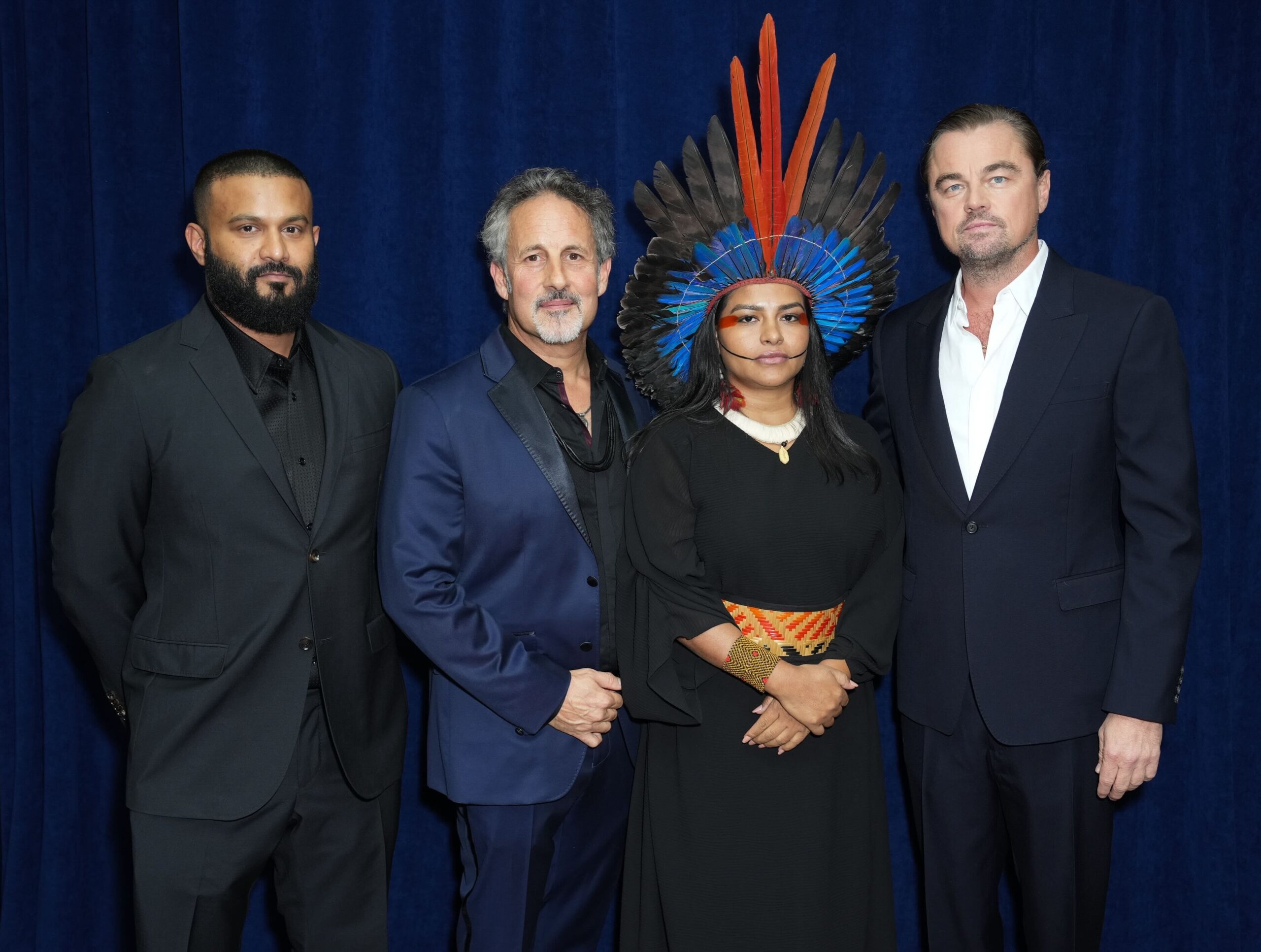What More Intense Wildfire Seasons Mean For People and the Planet
Article
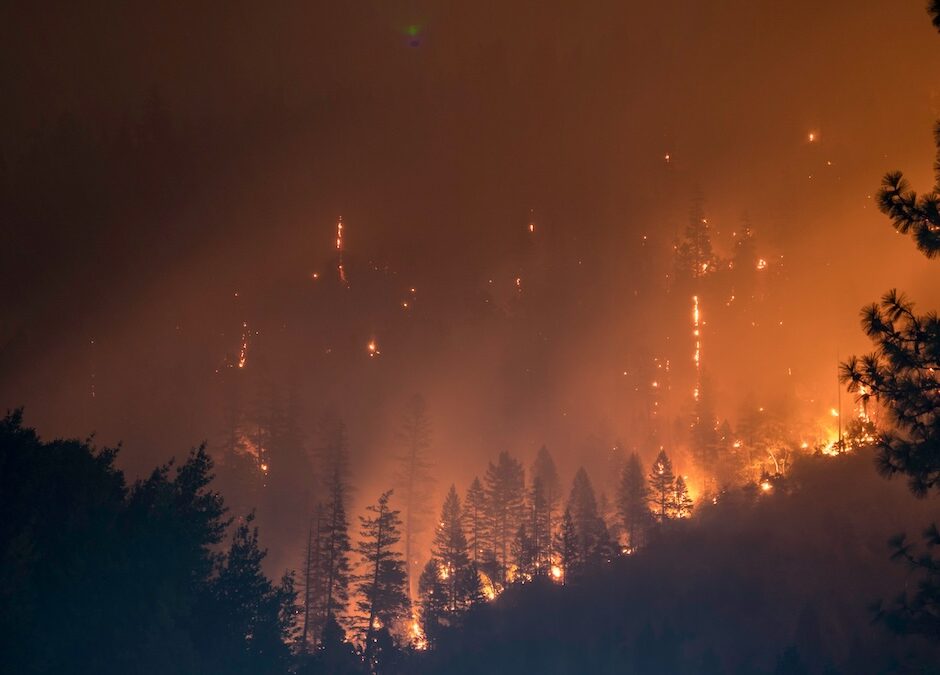
Wildfires are causing record-breaking forest loss worldwide, threatening ecosystems, communities, and public health. Climate change, extreme weather, and human activity are driving up wildfire risk. To reduce fire damage and build resilience, a mix of solutions is essential. This includes real-time wildfire monitoring, rapid response systems, forest conservation, and controlled burns.
Author
Cassie Hoffman
Topics
The summer of 2023 brought apocalyptic images to cities and landscapes across Southern Canada and the Northern United States. Orange skies with hazy horizons, the smell of smoke from wildfires blazing hundreds of miles away lingered in the air. Air quality reached unprecedented and hazardous levels, leading government officials to recommend that everyone stay indoors. Air quality threats were especially dangerous for vulnerable populations, including children, pregnant women, and the elderly, for whom exposure to smoke can cause respiratory complications, low birth weights, and increase the risk of dementia, respectively.
While the scale of 2023 wildfires — over 29 mega-fires in Canada — was alarming, current fire activity in Manitoba, Saskatchewan, and Alberta shows this is no longer an exception. It’s the new normal.
Fire seasons are starting earlier, lasting longer, and resulting in larger and more intense wildfires, with acute localized impacts, including millions of square kilometres of forest, property, and human lives lost. Impacts are felt in nearby communities as well as remote population centers as fire smoke drifts hundreds of miles, negatively impacting air quality in faraway places.
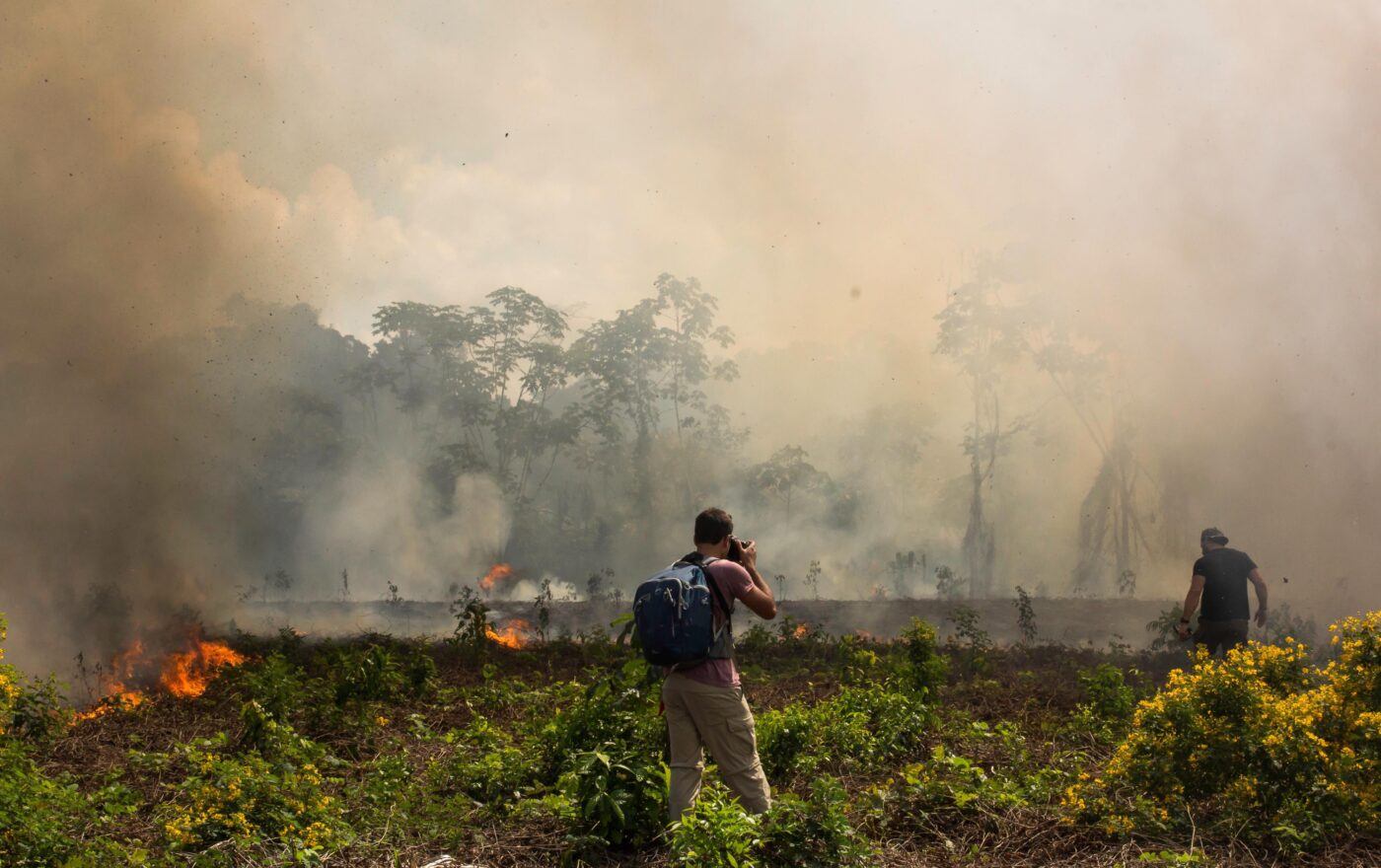
This trend isn’t limited to the Northern Hemisphere. Fires are now a major driver of forest loss in primary rainforests worldwide. In 2024, Brazil lost 2.82 million hectares of primary forest, with 60% of that loss occurring in the Amazon due to burning. For the first time in recent history, fire surpassed all other causes of forest degradation in Brazil, exceeding even the peak loss rates during the Bolsonaro era.
Climate Change and Unfavorable Short-Term Weather Trends create Conditions for Wildfire Crisis
Climate change, forest degradation, land-use change, and human activity create a dangerous feedback loop: drying out forests, increasing fuel loads, fragmenting landscapes, and making ecosystems more vulnerable to fire ignition and spread.
In Canada and the US, many temperate and boreal forests are adapted to fire and benefit from low-intensity burns that reduce fuel buildup. Some pine species even depend on fire to release seeds and reproduce. However, many government agencies have enforced fire suppression policies for years, which greatly reduced fire in these ecosystems and led to a buildup of dry vegetation. This excess fuel now acts like a tinderbox, making wildfires more intense and harder to control when they happen. While lightning ignites most wildfires in Canada (59% of wildfire ignitions and 93% of burned area in the 2023 Canadian fires were due to lightning strikes), current weather trends, including drought, reduced rainfall, and high-pressure systems, are leading to conditions ripe for elevated wildfire risk.
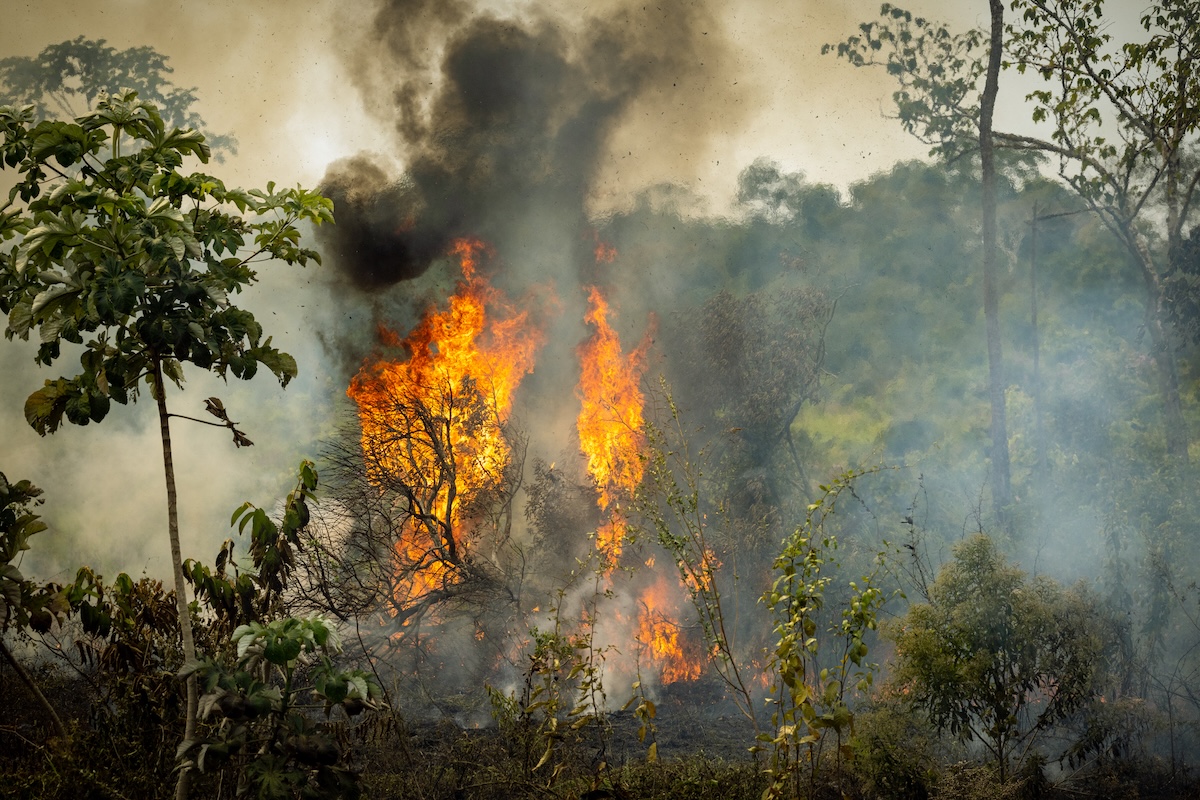
Meanwhile, tropical rainforests are not adapted to fire, and fire rarely occurs naturally. Fire in humid tropical rainforests is almost entirely human-caused. Fire is used to clear land for agricultural management, ranching, creating pastures, land speculation, and infrastructure development or to cover the tracks of illegal logging or mining. As tropical forests dry out due to climate change (and extended drought in the Amazon), wildfires in these unadapted ecosystems are growing increasingly severe.
Prevention and Fire-Fighting Get More Sophisticated
While some ecosystems naturally experience fire, the prevention of catastrophic fire remains the primary goal. Healthy, intact forests that experience occasional and controlled burning serve as a basis for wildfire resilience. The US and Canada forest management and firefighting agencies increasingly use sophisticated, real-time monitoring systems to detect fire ignitions and deploy coordinated responses. But they also increasingly work to incorporate controlled burns and partner with Indigenous communities to revive cultural fire management practices and prescriptive burns.
Early detection and rapid response are vital to controlling fires in tropical forests. Age of Union works with Kalaweit in Borneo, Indonesia, supporting aerial monitoring, community patrols, and fire lookout towers to spot and respond to fires quickly.
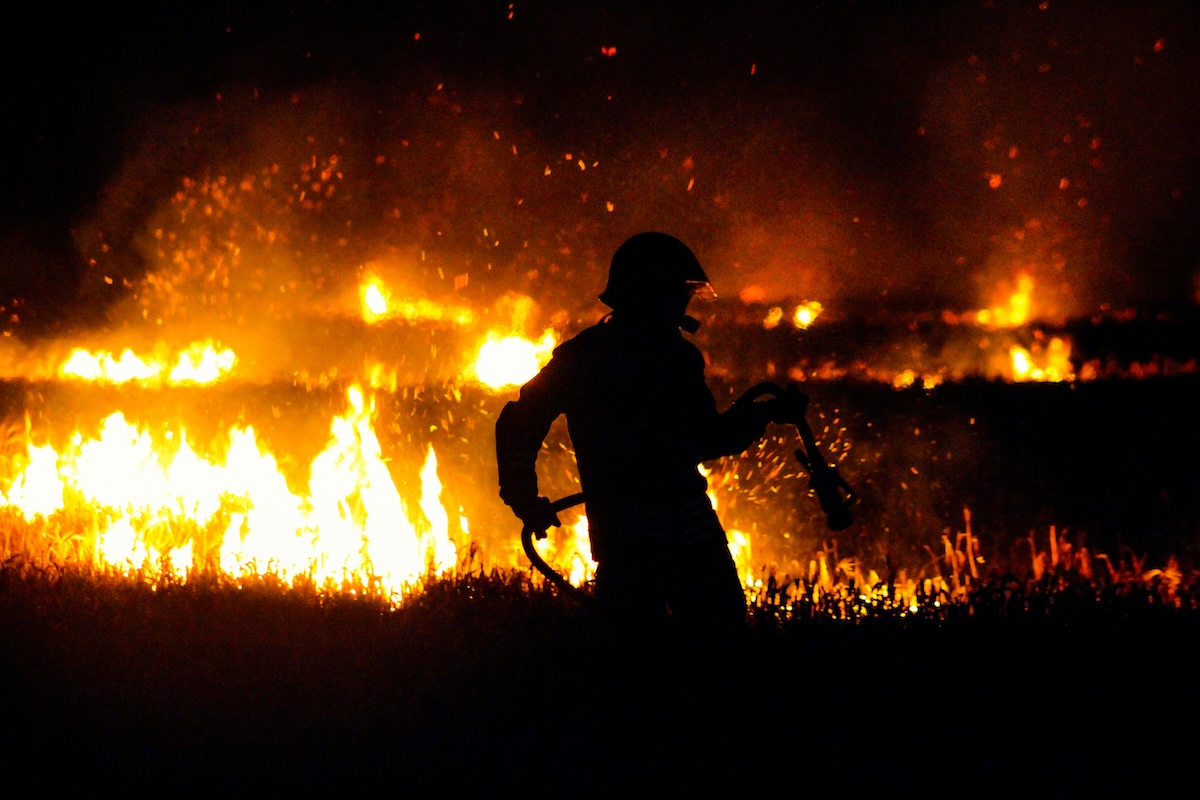
“Early detection and rapid response are absolutely critical when it comes to fire management in Kalimantan, and they are by far more effective than post-fire recovery efforts—especially in ecosystems as vulnerable as tropical peatlands,” explains Chanee, Founder of Kalaweit. “The cost of waiting is exponential. The longer a fire burns undetected, the more resources are required to control it. Firefighting becomes exponentially harder and more dangerous with time, and in remote areas like Dulan, mobilizing a large team quickly is logistically difficult.’
Additionally, tackling forest degradation and deforestation in rainforests is key to reducing their risk of fire. Studies show that Indigenous peoples and local communities protect these forests most effectively. That’s why Age of Union supports the Indigenous-led Juma Institute in Brazil’s Xipaya territory, helping protect 179,000 hectares of forest while honouring Indigenous rights, knowledge, and culture.
Wildfire Resilience: A Strategic and Integrated Approach
Wildlife resilience depends on a combination of technology, innovation, and traditional knowledge. This includes investing in two-way communication, community outreach, tackling environmental crime, and shaping effective public policy. Long-term success also requires consistent monitoring, enforcement, sustainable land management, and the active leadership of Indigenous peoples and local communities
Humans have co-existed with fire for tens of thousands of years, yet the threat from fire continues to evolve and imperils critical ecosystems, wildlife, and human communities. Working to mitigate and moderate fire and respect its role in nature rather than control it outright will be critical to the future of people and the planet.
Credits
Cover: Matt Howard via Unsplash
Photo 1: Gowri Varanashi
Photo 2: Junglekeepers
Photo 3: Fabian Jones
Topics
Article written by
Cassie Hoffman
Related
articles
News
Age of Union Marks 4 Years of Global Conservation Wins As COP30 Commences in Brazil
News, Other
‘Echoes from Eden’ Book Tour Connects Readers to Urgent Stories of Conservation
Project
More articles
News
Age of Union Marks 4 Years of Global Conservation Wins As COP30 Commences in Brazil
News, Other
‘Echoes from Eden’ Book Tour Connects Readers to Urgent Stories of Conservation
Explainer, South America
In the Amazon, Gold Mining Leaves a Toxic Trail
Film
